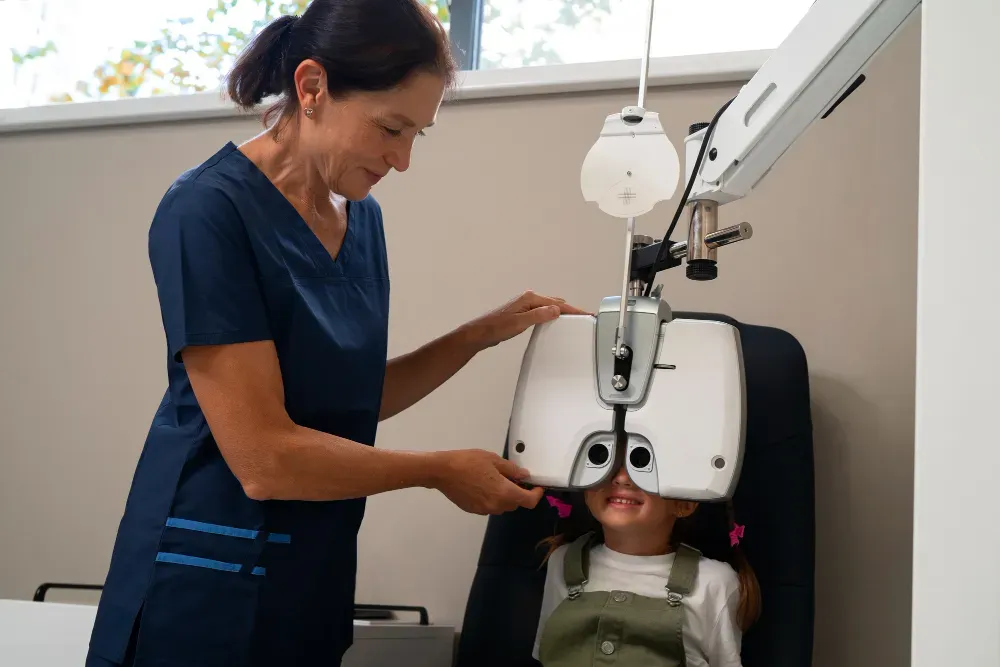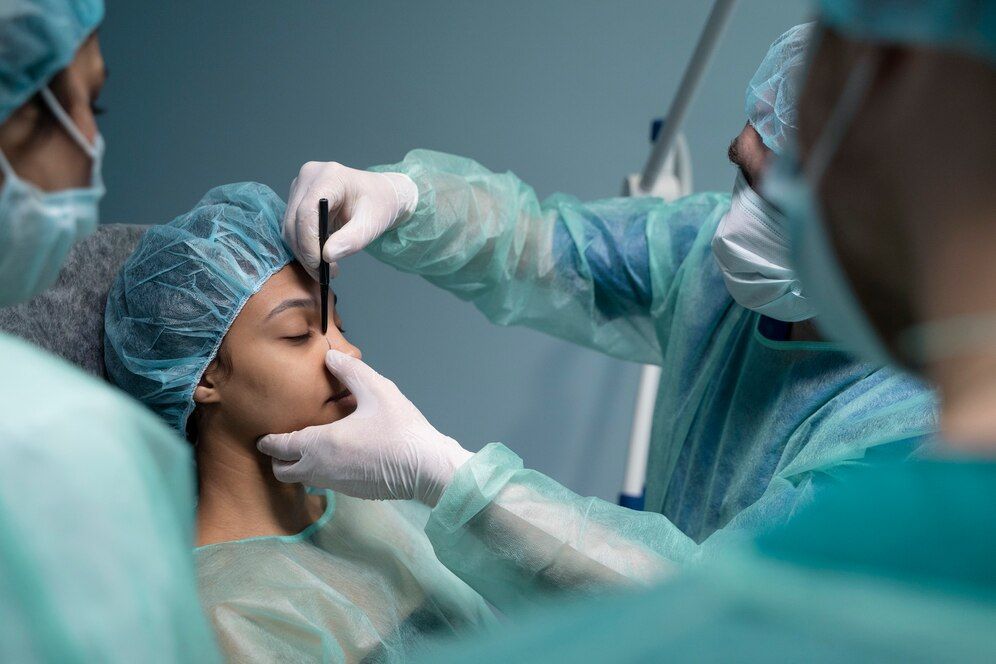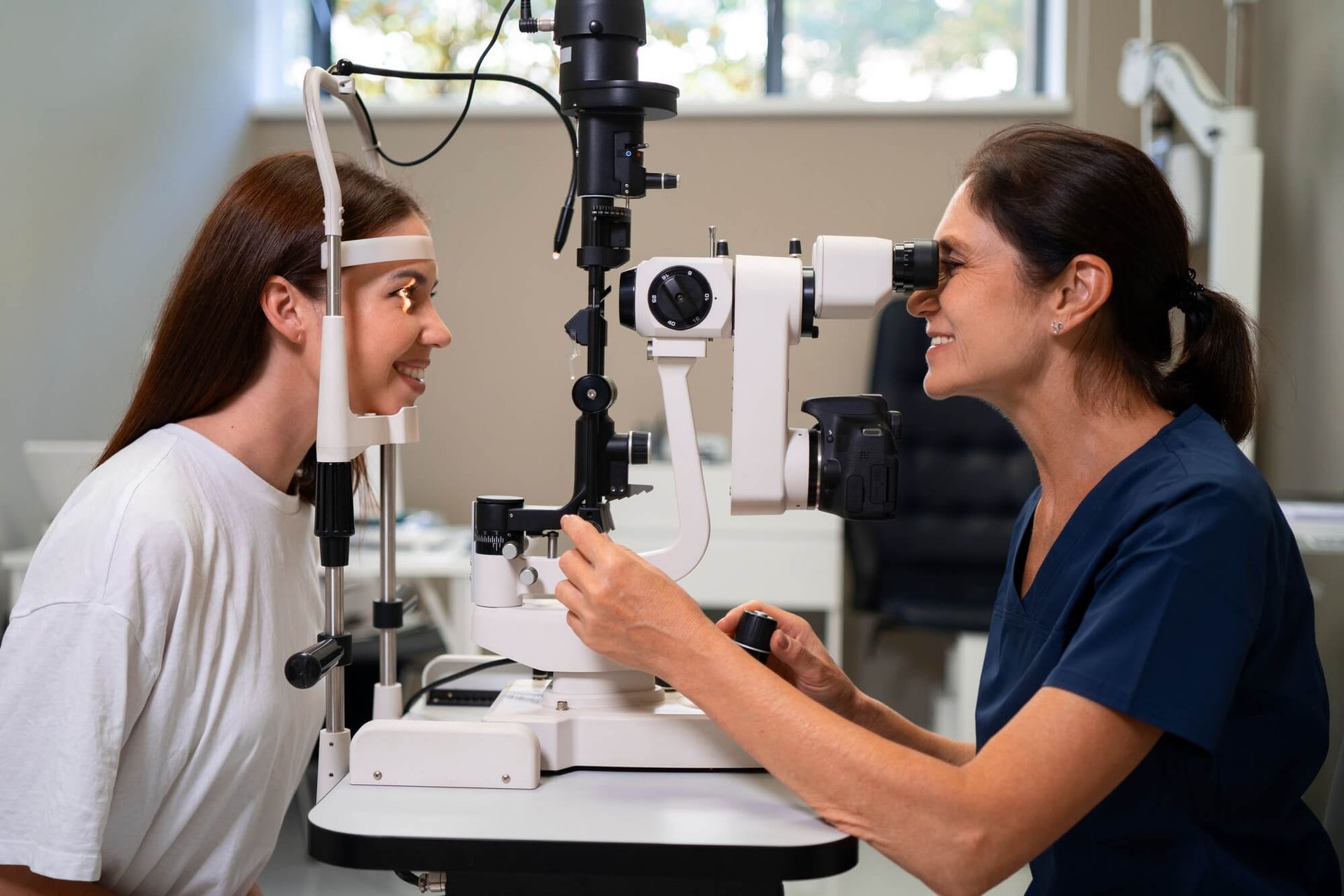A cataract is an eye disease wherein the lens develops opacity that obstructs the passage of light. Several degenerative processes denature and coagulate proteins present in the fibres that form the lens, resulting in opaque patches that do not allow light to pass through them.
Anatomically, cataract is of two types: cortical and nuclear. The cortical form involves the superficial layers of the lens that contain young fibres. The nuclear type disrupts deeper layers of the lens, which holds older ones.
A
cataract
is a gradually progressive condition that initially does not interfere with vision affecting everyday life. However, as it grows across the lens behind the pupil, it makes it extremely difficult for an affected person to carry out routine activities. It is most common in the older age group, typically in the fifth or sixth decade. A study reveals that it is more common in women than in men, with male to female ratio of 1:1.3.

Signs and Symptoms of Cataracts
Reduced or Blurring of the Vision
Cataract sets on with gradual blurring in the vision without causing pain, irritation, or discomfort. Patients mistake it for sightedness, visit an optician and get a pair of glasses. But when it matures, the blurred vision persists even with glasses, prompting consultation for differential diagnosis.
Diplopia or Polyopia
Diplopia and polyopia refer to double and multiple visions, respectively. It is due to the formation of more than one image of the same object formed on the retina. It occurs in a cataract that causes multiple opaque regions separated by optimal distance for the transparent areas to behave as an individual lens.
The patient may experience eye pain, headache, and bulging eyes. Due to difficulty in processing visual inputs, they may have trouble communicating. However, it is possible to learn how to respond quickly through practice.
Colored Halo Around The Light
Cataracts create space between the layers of fibers that form the lens, allowing the water droplets to fill the voids. These drops act as a prism and split the white light into its constituent seven colors, forming a round rainbow halo around the incident rays. Hence, glowing objects and those emitting white light obscure the images of nearby objects.
Heightened Sensitivity
The eyes develop high sensitivity to glaring lights, such as automobile lights and sunlight. Therefore, cataract restricts the affected person from working under bright light and driving at night.
Frequent Changes in Refraction
Until reaching maturity, cataract worsens the vision gradually as it increases the refractive index over time. But after maturing, the refractive defects of the eyes vary frequently. Hence, it necessitates frequent visits to an ophthalmologist or optician for different glasses to correct the refraction.
Disturbance in Color Vision
In cataract patients, images of colored objects are faded or appear with a yellowish tint.
Diagnosis and evaluation
An ophthalmologist conducts a series of tests for differential diagnosis of cataracts. They include:
Medical history recording
- Complaints related to vision, including blurring, pain, high sensitivity to light, etc.
- Past ophthalmic conditions, diagnoses, and treatments.
- Other causative conditions or diseases.
Comprehensive eye examination
After the diagnosis, an ophthalmologist or eye surgeon runs an extensive examination to plan the disease management. They include
- Visual acuity test to determine the severity of cataracts and their involvement in daily life activities.
- Physical test to identify eye movement abnormalities, including divergent squint.
- Refraction test
- Slit lamp examination to check the integrity of pupils, cornea, anterior chamber, and lens.
- Fundus examination to forecast the outcomes of cataract surgery and incorporation of additional elements of surgery.
Treatment for cataract
There are two treatment modalities.
Refractive Glasses
For patients with visual acuity of 6/24 or better, refractive glasses to correct vision are sufficient as they resolve the vision issues. However, tropical drugs are under clinical trials.
Surgical Interventions
Surgery is necessary for patients with visual acuity worse than 6/24 or other complications, such as retinal detachment. It involves the aspiration of a defective lens followed by the implantation of an intraocular lens, an artificial lens made of transparent plastic.
Currently, advanced surgical interventions include relaxing incisions, refractive lens exchange, posterior capsulotomy, and laser cataract surgery.
Final Thoughts
The causes of cataracts are vast and progressive, which makes them treacherous. Though it can be a life-sentencing condition, advanced technology offers many treatment options that address patient-specific issues.
Hill Country Eye Center, actively involved in eye research, offers cataract solutions at the hands of the most skilled surgeons. You can schedule an appointment
Here











